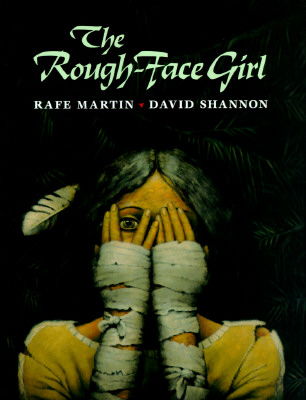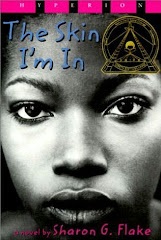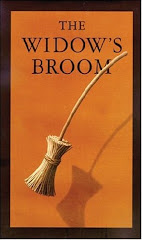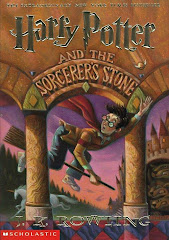A. Roanoke: The Lost Colony
B. Jane Yolen and Heidi Elisabet Yolen Stemple
C. Roger Roth
D. Scholastic Inc., 2007
E. Picture book, informational text
F. 2-4
G. Roanoke is about the lost colony on the coast of North Carolina. It starts in the year 1587 and explains the background of the colony up through the discovery of the missing colony. John White led a group of people from England to start a colony at Chesapeake Bay but instead ended up at Roanoke Island. The colonists got off to a rocky start with the Croatoan Indians who lived nearby. After a while, the colonists led an attack on the Croatoans, thinking they were a different tribe who had killed one of the colonists. Soon after this, John White had to go back to England to get help and supplies. He instructed the colonists that if they should have to leave Roanoke, to carve their destination into a tree, along with a cross if there were trouble. After having been help up by several different issues, White finally made it back to Roanoke Island three years later to find that the colony had been ransacked and no one was left. On one post the word "Croatoan" was carved, but there was no cross. The book ends by giving several different theories as to what happened to the colony but no one knows for sure what really happened.
H. I really liked this book. Before I started reading any of the informational books that I picked out to read this week, I was slightly worried that some of them might be a little boring. However, after reading this book and the two others, I was pleased to find that this wasn't the case. I liked that this book was it was as if the story were being told by a girl who would be about the same age as the students reading it. I feel that since the girl showed a great interest in the topic, students would be more likely to become interested. Also, I thought it was very helpful to have the small notebook and sticky notes on each page providing a definition or extra clarification to words or ideas that students may not know much about. I even learned a lot from the extra information as well as from the book itself.
The illustrations, too, added a lot to my understanding of the text. It helped to see the conditions under which the colonists were living. The illustrator added a note in the beginning of the book explaining her own personal process for creating illustrations. Seeing this made me think of how much time and effort has to go into these books to make them worthy of being published. A personal note just brings into focus something that is often overlooked. I think students would also appreciate that note.
My favorite part of the book was the ending. It was very interesting to me to see all the different theories as to what happened to the colonies. Since the authors included all theories, even the ones they don't agree with, there seems to be added merit to the book. Each theory was interesting although I don't believe all of them (or even think they are all plausible). Another feature of the book that gave it all the more merit for me was the list of sources in the very front of the book. By listing all 16 sources that were used to write a picture book, I know that the authors spent a lot of time researching the information to make sure that they gave the most accurate information as possible to their readers.
I. This book is obviously great for teaching about life in colonial days and also the plight of the colony of Roanoke. However, in addition to a history lesson, this could be used to talk about theories and facts. Since the book describes several different theories, students could study different theories in social studies and discuss how those are different from facts or laws (as in science). After reading this book and doing a little bit deeper research, I would have students formulate their own theories about what happened at Roanoke. Then, I would have students act out their theories for the rest of the students.
Here's the site for a cool lesson plan that has students act as FBI agents or detectives, much like the girl in the book, to figure out what really happened at Roanoke Island.
Subscribe to:
Post Comments (Atom)










No comments:
Post a Comment